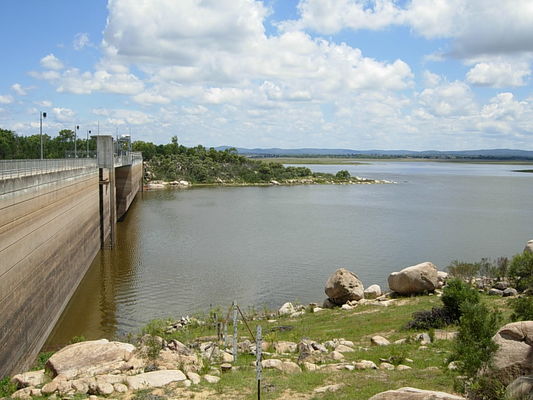By Jeremy Sollars
Warwick received less than half its long-term average rainfall for the month of January as the region sweltered through mostly above-average temperatures.
Total ‘official’ rainfall for Warwick for January recorded by the Bureau of Meteorology (BOM) was just 33mm, compared to the long-term January average of 83mm
Stanthorpe fared somewhat better with a total of 64.3mm for January, against the long-term monthly average of 96.7.
The region’s hottest day was Saturday 13 January when the mercury hit 39.7 degrees in Warwick and 33.3 in Stanthorpe.
Cooler conditions for the region are expected to persist for the next couple of days as a cooler air mass spreads across southern Queensland in the wake of a northward-moving coastal trough, according to BOM forecasts.
An upper trough will bring “extensive cloud cover” until Sunday, when partly cloudy conditions are expected, with a top of 29 for Warwick and 25 for Stanthorpe on Sunday.
The rain outlook is for “rain at times” for both areas today, Thursday 1 February and tomorrow, and patchy showers on Saturday.
Warwick’s Leslie Dam has dropped to 12.6 per cent of capacity, with 13,334ML in storage, as against a total capacity of 106,250ML.
While our rain situation has been dire, spare a thought for Cape Town in South Africa, whose 4.5 million residents are approaching ‘Day Zero’ – the day the drought-ravaged city will turn off its taps.
Monday 16 April is predicted to be Day Zero for coastal Cape Town, which has emergency measures in place.
While reducing household consumption, the city is also implementing an emergency plan for desalination, groundwater and water reuse to make more water available.
From early February, Cape Town will receive an additional 67 million litres of water per day from the private Palmiet Kogelberg Dam near Cape Town.







